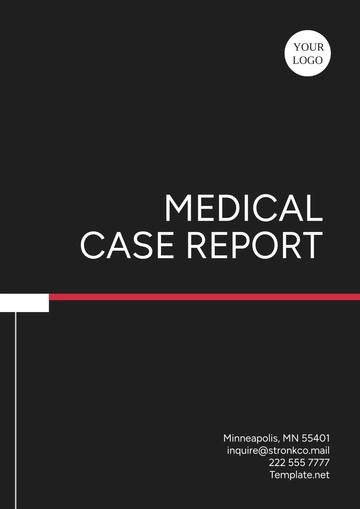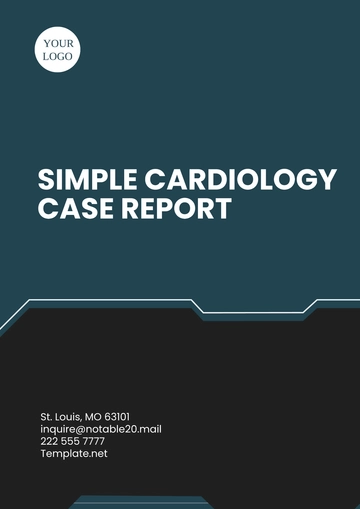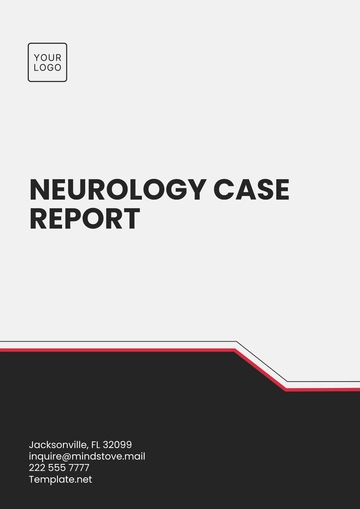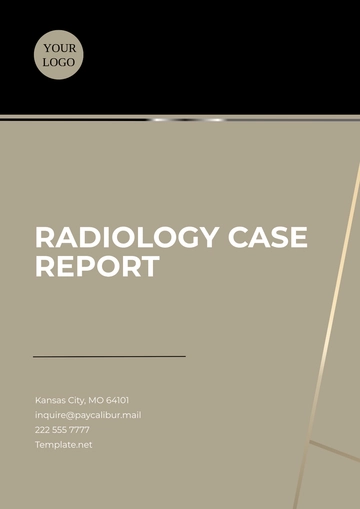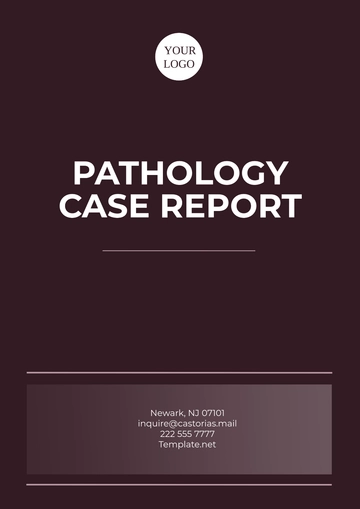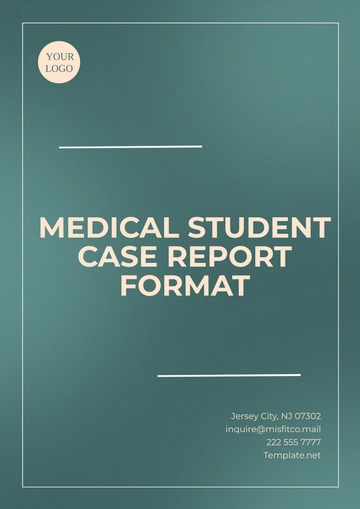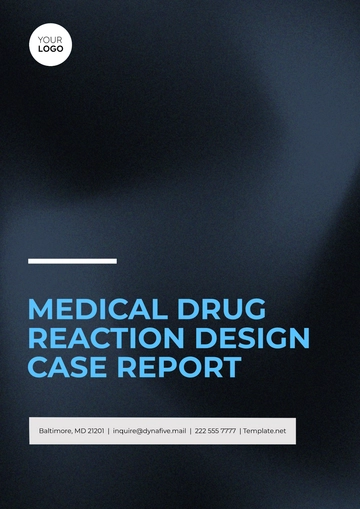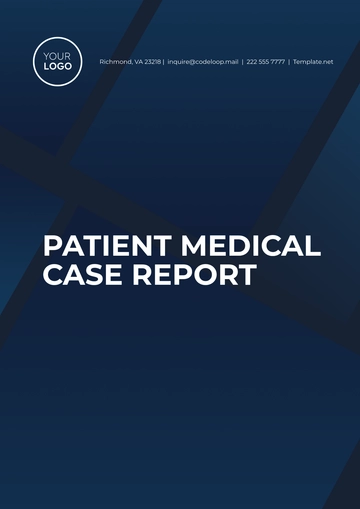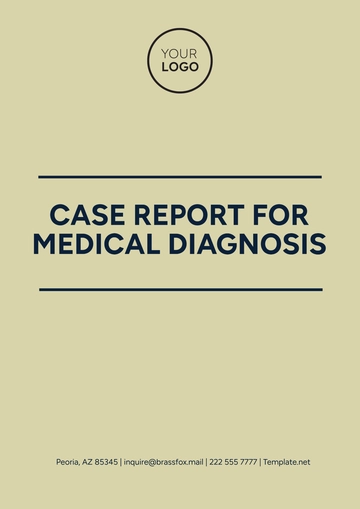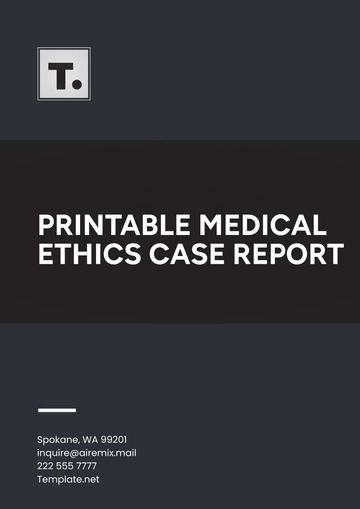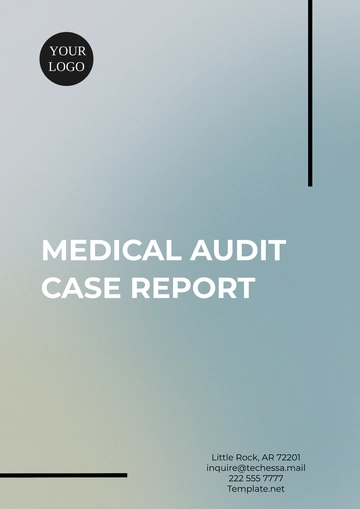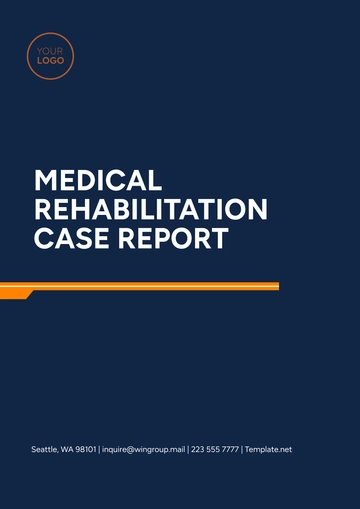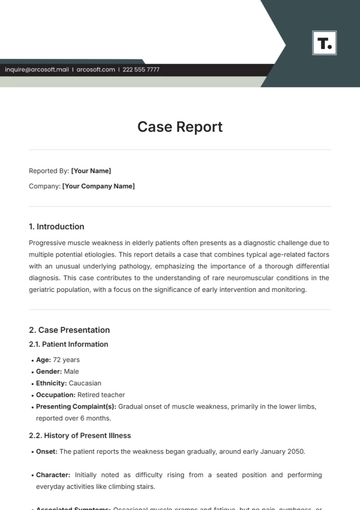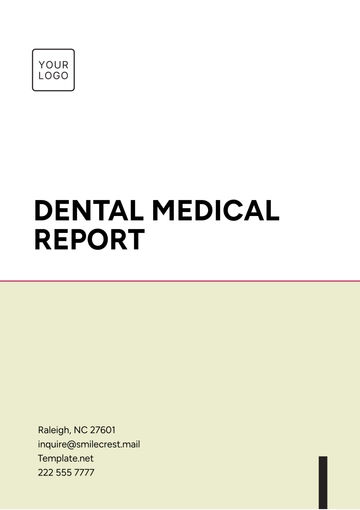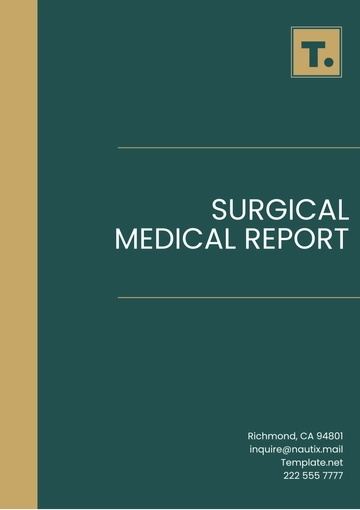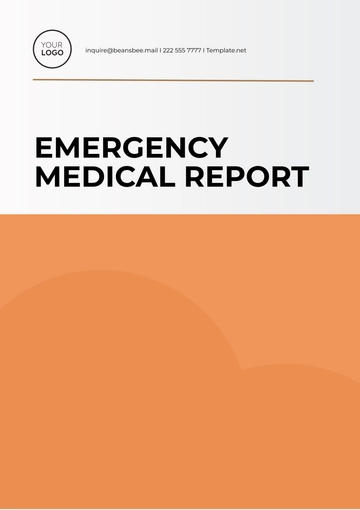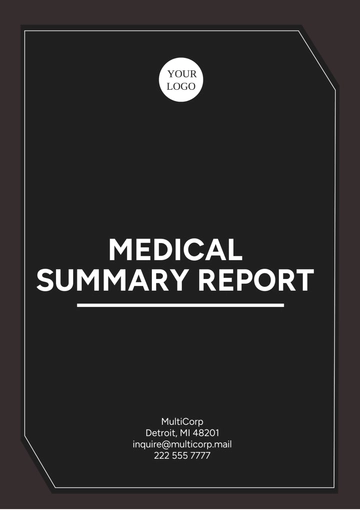Free Case Report Journal Article

Prepared By: [Your Name]
Abstract
This case report presents the unusual occurrence of a myocardial infarction (MI) in a young, healthy, non-smoking 32-year-old female with no prior cardiovascular risk factors. Myocardial infarction, often associated with older populations and patients with significant cardiovascular risk factors, is rarely seen in young, otherwise healthy individuals. The patient presented with atypical chest pain and was initially misdiagnosed due to her age and absence of risk factors. This case highlights the importance of recognizing MI in young patients, the diagnostic challenges, and the role of genetic predisposition and spontaneous coronary artery dissection (SCAD) in the development of MI in young women.
Introduction
Myocardial infarction (MI) is one of the leading causes of morbidity and mortality worldwide, predominantly affecting older adults with well-known cardiovascular risk factors, such as smoking, hypertension, hyperlipidemia, and diabetes. However, MI in younger populations, particularly in those without traditional risk factors, remains rare and poses a diagnostic challenge. While atherosclerosis is the primary cause of MI in the general population, young patients without conventional risk factors are often affected by less common etiologies such as spontaneous coronary artery dissection (SCAD), thrombophilia, or vasospasm.
This report describes the case of a 32-year-old, non-smoking, otherwise healthy woman who experienced an acute MI despite lacking any of the conventional risk factors. The case underscores the need for clinicians to remain vigilant for cardiac events in atypical patients, as prompt diagnosis and treatment are essential for reducing morbidity and improving outcomes.
Case Presentation
Patient History
A 32-year-old female presented to the emergency department with a 48-hour history of intermittent chest pain, radiating to the left shoulder and back. The pain began suddenly, was sharp, and varied in intensity. There was no history of trauma, recent illness, or exertion. She denied smoking, alcohol consumption, or illicit drug use, and had no known history of hyperlipidemia, hypertension, or diabetes. Her family history was unremarkable, with no known cardiovascular disease in first-degree relatives.
On examination, the patient appeared anxious but was hemodynamically stable. Blood pressure was 118/72 mmHg, pulse 76 beats per minute, and respiratory rate 18 breaths per minute. No murmurs, gallops, or rubs were noted on cardiac auscultation. A chest X-ray was unremarkable, and an initial electrocardiogram (ECG) showed nonspecific ST-segment changes that were dismissed as non-significant given her age and presentation.
Diagnostic Investigations
Given the patient’s atypical presentation and young age, an initial diagnosis of musculoskeletal pain or gastroesophageal reflux disease (GERD) was considered. However, to rule out cardiac causes, serial troponin levels were drawn. To the surprise of the clinical team, her troponin I levels were markedly elevated, with the first reading at 0.74 ng/mL (normal <0.04 ng/mL). Further investigations were pursued, including a repeat ECG, which showed evolving ST-segment elevation in the anterior leads (V2-V4), raising the concern for an acute MI.
The patient was immediately taken for emergency coronary angiography. The angiogram revealed spontaneous coronary artery dissection (SCAD) of the left anterior descending (LAD) artery, a rare but well-recognized cause of MI in young, otherwise healthy women. There was no significant atherosclerotic disease noted.
Treatment and Management
The patient was managed conservatively with antiplatelet therapy (aspirin and clopidogrel) and anticoagulation (heparin). Given the relatively mild nature of the SCAD and the absence of ongoing ischemia, no percutaneous coronary intervention (PCI) or stenting was performed. She was closely monitored in the cardiac care unit for 48 hours, during which time her symptoms resolved, and her troponin levels gradually declined.
The patient was discharged on dual antiplatelet therapy, a beta-blocker, and an angiotensin-converting enzyme (ACE) inhibitor for long-term management. She was advised to avoid strenuous physical activity and was referred to cardiac rehabilitation. Genetic testing was also recommended to rule out any underlying connective tissue disorder, given the link between SCAD and conditions such as fibromuscular dysplasia.
Discussion
This case highlights the diagnostic challenges faced by clinicians when young, otherwise healthy individuals present with symptoms suggestive of MI. In this case, the patient’s age, absence of traditional cardiovascular risk factors, and initial nonspecific presentation led to a delay in the recognition of MI. It was only after the troponin levels were found to be elevated that the diagnosis of MI was considered.
SCAD is a rare but increasingly recognized cause of MI in young women, particularly those without traditional cardiovascular risk factors. It accounts for approximately 1-4% of all cases of acute coronary syndrome and is often underdiagnosed due to its atypical presentation. SCAD is characterized by the formation of a hematoma within the arterial wall, leading to the separation of the vessel layers and reduced blood flow. The exact etiology of SCAD remains unclear, but hormonal factors, pregnancy, and genetic predispositions are believed to play significant roles.
Given the potential for SCAD to resolve spontaneously, conservative management is often preferred unless there is evidence of ongoing ischemia or hemodynamic instability. In this case, the patient’s stable condition allowed for successful conservative management without the need for PCI or surgery.
The role of genetic predisposition in SCAD has been increasingly recognized, with conditions such as fibromuscular dysplasia, Marfan syndrome, and Ehlers-Danlos syndrome associated with an increased risk of arterial dissection. Genetic testing and family screening may therefore be warranted in patients with SCAD, particularly those with a family history of vascular disorders or connective tissue disease.
Conclusion
This case report demonstrates that myocardial infarction can occur in young, healthy individuals without traditional cardiovascular risk factors, and it highlights the importance of considering SCAD in such patients. Early recognition and appropriate management are essential for reducing complications and improving outcomes in patients with this rare condition. Clinicians should maintain a high index of suspicion for cardiac events in atypical patient populations, particularly young women presenting with unexplained chest pain.
Continued research into the underlying mechanisms of SCAD, as well as improvements in early detection and management strategies, are necessary to optimize outcomes for this unique subset of patients. Further studies on the genetic and hormonal factors contributing to SCAD will also be crucial in guiding prevention and treatment efforts in at-risk populations.
- 100% Customizable, free editor
- Access 1 Million+ Templates, photo’s & graphics
- Download or share as a template
- Click and replace photos, graphics, text, backgrounds
- Resize, crop, AI write & more
- Access advanced editor
Document detailed case reports with Template.net’s Case Report Journal Article Template. This editable and customizable template offers a structured format for presenting case study findings. Editable in our AI Editor Tool, it’s ideal for medical and academic professionals aiming to publish organized, concise reports. Customize the template to match your case-specific requirements for an efficient case report presentation.
You may also like
- Sales Report
- Daily Report
- Project Report
- Business Report
- Weekly Report
- Incident Report
- Annual Report
- Report Layout
- Report Design
- Progress Report
- Marketing Report
- Company Report
- Monthly Report
- Audit Report
- Status Report
- School Report
- Reports Hr
- Management Report
- Project Status Report
- Handover Report
- Health And Safety Report
- Restaurant Report
- Construction Report
- Research Report
- Evaluation Report
- Investigation Report
- Employee Report
- Advertising Report
- Weekly Status Report
- Project Management Report
- Finance Report
- Service Report
- Technical Report
- Meeting Report
- Quarterly Report
- Inspection Report
- Medical Report
- Test Report
- Summary Report
- Inventory Report
- Valuation Report
- Operations Report
- Payroll Report
- Training Report
- Job Report
- Case Report
- Performance Report
- Board Report
- Internal Audit Report
- Student Report
- Monthly Management Report
- Small Business Report
- Accident Report
- Call Center Report
- Activity Report
- IT and Software Report
- Internship Report
- Visit Report
- Product Report
- Book Report
- Property Report
- Recruitment Report
- University Report
- Event Report
- SEO Report
- Conference Report
- Narrative Report
- Nursing Home Report
- Preschool Report
- Call Report
- Customer Report
- Employee Incident Report
- Accomplishment Report
- Social Media Report
- Work From Home Report
- Security Report
- Damage Report
- Quality Report
- Internal Report
- Nurse Report
- Real Estate Report
- Hotel Report
- Equipment Report
- Credit Report
- Field Report
- Non Profit Report
- Maintenance Report
- News Report
- Survey Report
- Executive Report
- Law Firm Report
- Advertising Agency Report
- Interior Design Report
- Travel Agency Report
- Stock Report
- Salon Report
- Bug Report
- Workplace Report
- Action Report
- Investor Report
- Cleaning Services Report
- Consulting Report
- Freelancer Report
- Site Visit Report
- Trip Report
- Classroom Observation Report
- Vehicle Report
- Final Report
- Software Report
